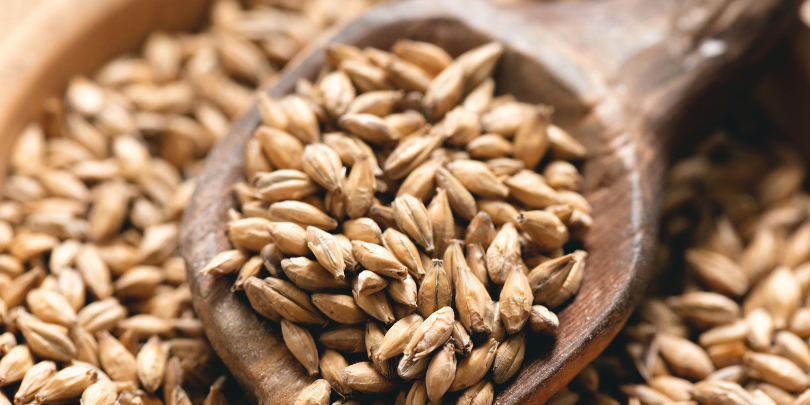
Craft lager renaissance driving rediscovery of heirloom malts
Drinktec coverage is proudly brought to you by HPA – focused on a sustainable future of quality hops, beer and brewing education, with the support from Konvoy.

The growth of craft lagers has increased the focus on malt varieties, especially heirloom varieties, according to German specialty maltster Weyermann.
Speaking with Brews News at the international beverage tradeshow Drinktec in Munich Weyermann‘s international customer consultant, Axel Jany said the trend was leading to maltsters looking past agronomics and yield to flavourful older varieties.
“When you think of a modern Pilsner malt, the breeding in recent years, or up until recently, has been always from the agronomic side,” he said.
“Yield on the field, so that was it. They would not look into these programs of the flavours.

Weyermann’s Axel Jany
“We do see that [the brewing] trend in getting more lagers again. The malt profile becomes more important than on an IPA.
“On the lager, where we see more craft lagers, there is the option now to look into base malts. Our old varieties are being brought back, and terroir malts where a certain terroir or climate has given the unique flavour to it.”
Jany cited the re-emergence of Barke Pilsner Malt, which had been a popular European style more than four decades ago.
“Barke is a barley variety from the 80s and it has been phased out by this trend of more yield on the field,” he said.
“But Barca was a beautiful brewing barley variety for aromas, so we brought it back and it’s been a very nice success to have beers with a bit more taste in this quite toned down aroma profile of a Pilsner, or lager or helles.”
Jany said Munich’s oldest brewery, Augustiner, uses Barke in its lagers.
Italian Pilsners and terroir
The growth of popularity of the Italian Pilsner style was aided by the use of the terroir-rich Eraclea malt, Jany said.
“Eraclea is a barley growing region outside of Venice,” he said. “So we’re talking northern Italy, and the barley fields there go all the way to the Adriatic Sea.”
“Here we have a unique climate, the Eraclea seed is just a normal two-row spring barley variety but it is being sown in autumn, so it’s quite unique. In Germany you would not be able to sow this in autumn because the winter is too cold.”
“It gets enough water to have a nice developed barley grain in spring and then the heat kicks in.
“If you would sow it in spring, it would not be enough precipitation to get it done, but by moving this towards autumn, and then growing it and having a very early harvest, you get a very crisp, clean tasting barley.
“It’s almost like a defining new malt for Italian or Mediterranean pilsners.”
Both malts were being showcased at the Weyerman stand at Drinktec this week in Munich.





